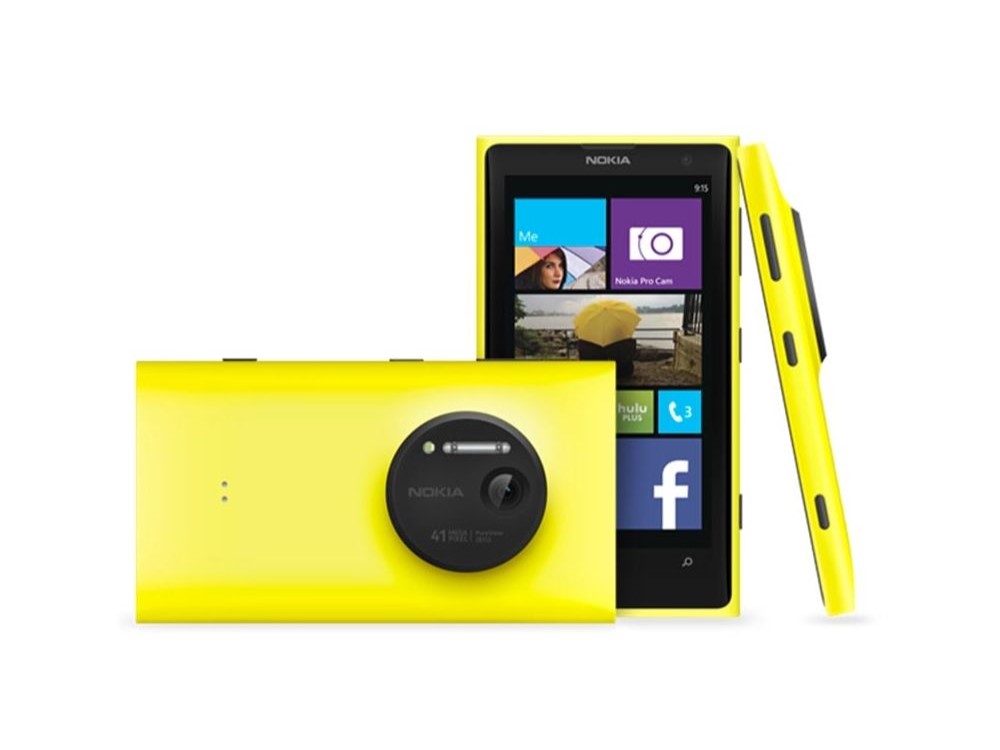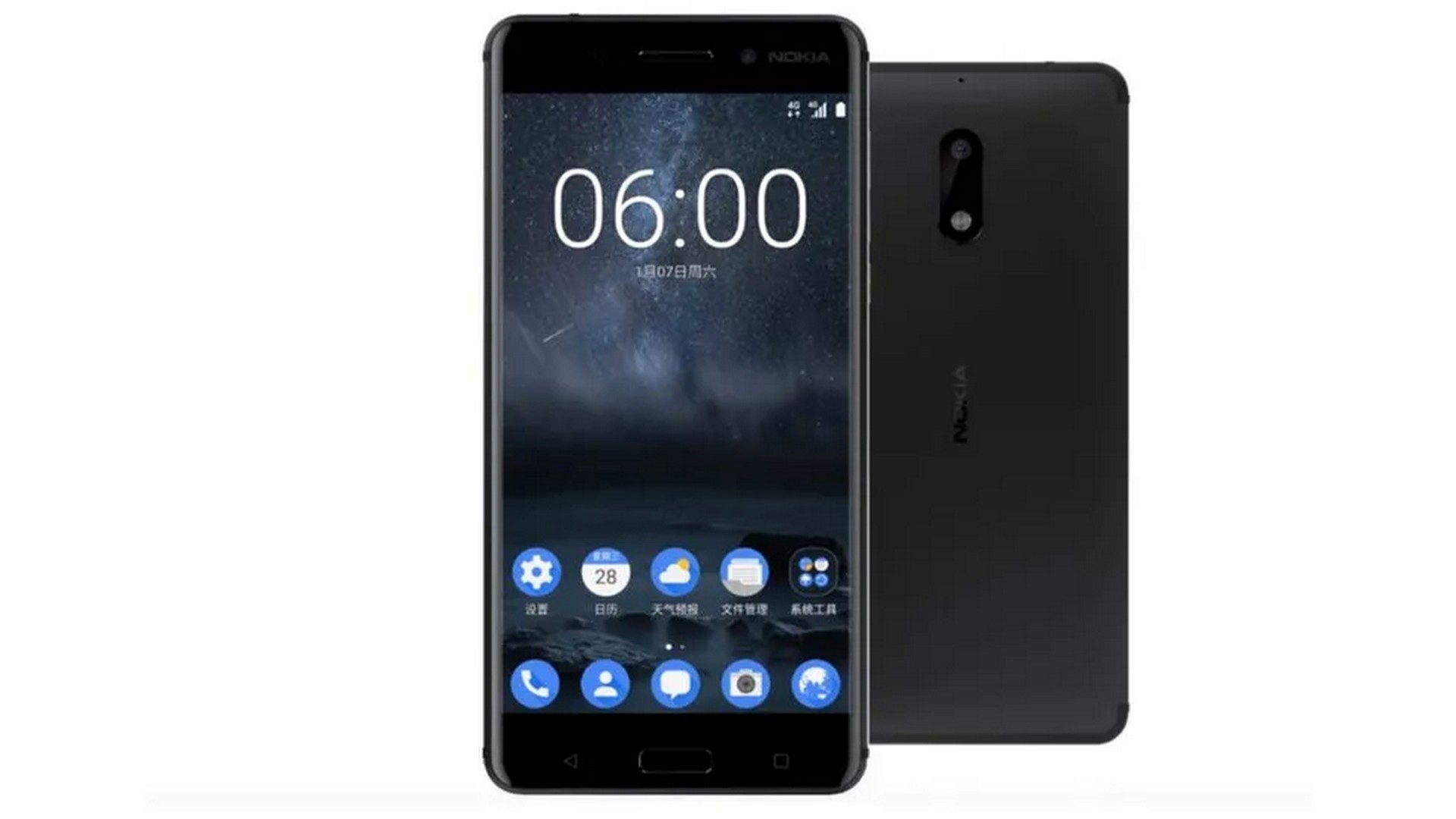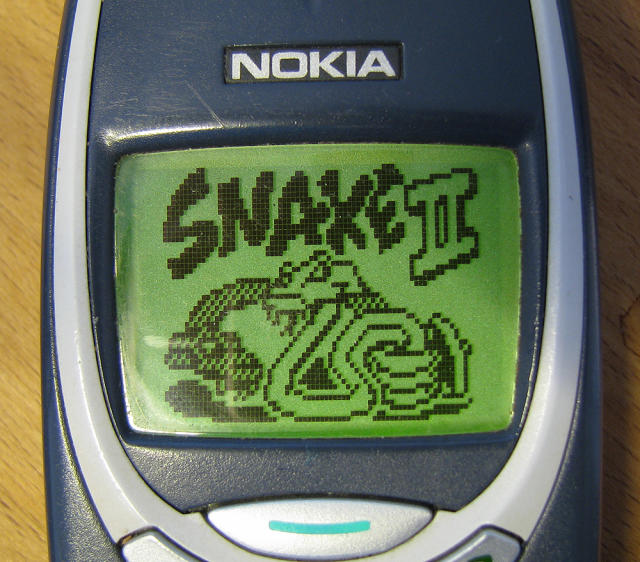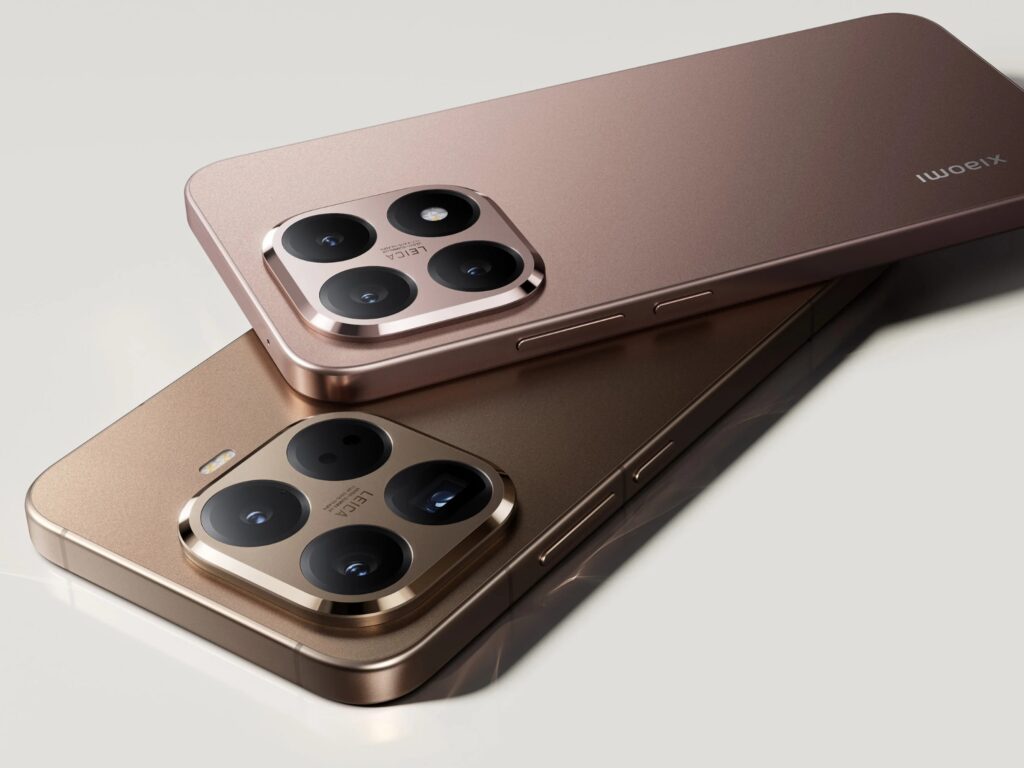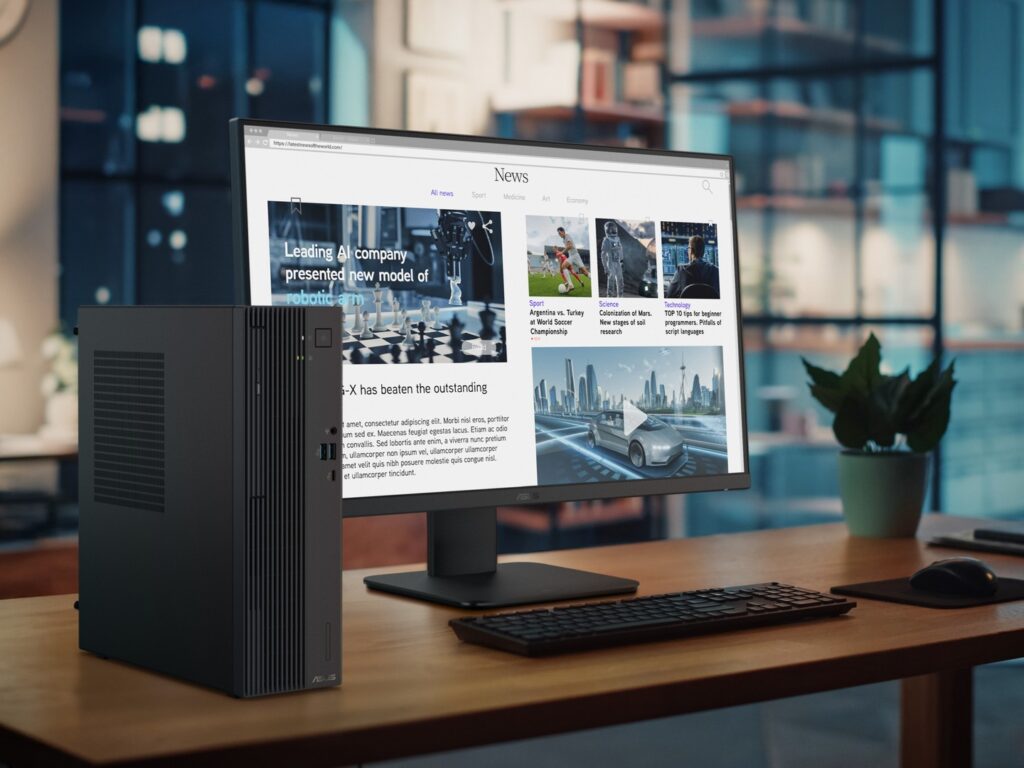Building upon the analysis presented in Part 1, this article embarks on a deeper exploration of the enduring legacy of Nokia. It delves into the company’s transformative journey, highlighting not only their remarkable achievements but also the uncertainties they face in the ever-evolving landscape of mobile technology.
Here’s a brief recap of what we explored in the first part of Nokia’s story:
Early Days: From Wood Pulp to Communication Wires
- Founded in 1865, Nokia started in the paper industry, but this experience instilled valuable skills for the future.
- As technology evolved, Nokia recognized the potential of telecommunications and diversified into cables and infrastructure.
Building a Telecom Empire
- Nokia’s strategic moves led them to become a pioneer in radio equipment, a key component for mobile communication.
- This foresight positioned them perfectly for the mobile phone revolution.
Mobile Domination: Quality, Durability, and User-friendliness
- Nokia’s success stemmed from their commitment to building high-quality, durable, and user-friendly phones.
- The iconic Nokia 3310, with its legendary toughness, became a global phenomenon.
Facing the Future: Challenges and Missed Opportunities
- The rise of touchscreen technology and app ecosystems (like Apple’s App Store) presented new challenges.
- Nokia’s hesitance to embrace new trends, like Android, allowed competitors to gain ground.
The Lumia Era and Microsoft’s Embrace of Nokia
In 2011, facing a rapidly changing mobile landscape dominated by the rising tide of Android and iOS, Nokia embarked on a strategic partnership with Microsoft. This partnership aimed to revitalise their position in the smartphone market by leveraging Microsoft’s Windows Phone operating system. The resulting Lumia series represented both a beacon of hope and a complex chapter in Nokia’s history.
A Glimpse of Brilliance: Design and Innovation Take Center Stage
- Fresh Start, New Beginnings: The Lumia series marked a fresh start for Nokia, allowing them to shed the limitations of their aging Symbian platform and embrace the potential of a new operating system. This move signified their willingness to adapt and embrace the evolving market, demonstrating their commitment to staying relevant in the face of fierce competition.
- Design Innovation that Stood Out: The Lumia phones garnered widespread praise for their stunning design. They broke away from the homogeneity of the time, boasting clean lines, vibrant colours, and premium materials. This focus on design excellence pushed the boundaries of what was expected in the smartphone market, setting a new standard for aesthetic appeal that resonated with many consumers.
Challenges Emerge: A Struggle for Traction in a Saturated Market
Despite the initial promise and design brilliance, the Lumia series faced several challenges that ultimately limited its long-term success:
- Limited App Ecosystem: A Critical Achilles Heel: Windows Phone, while offering a unique and user-friendly interface, struggled to compete with the vast app libraries of Android and iOS. This lack of app diversity proved to be a major deterrent for many consumers. The absence of popular applications and games significantly hindered the platform’s functionality and appeal.
- Market Saturation: An Uphill Battle for New Players: By the time of the Lumia launch, the smartphone market had become highly saturated. Established giants like Apple and Samsung had already captured a dominant market share, leaving limited space for new players to gain significant traction. Breaking into this entrenched market proved extremely challenging for the Windows Phone platform.
- Marketing Missteps: Failing to Capture Consumer Attention: While Microsoft invested heavily in the Lumia series, some argue that their marketing campaigns lacked the necessary effectiveness and reach. This resulted in limited brand awareness and consumer recognition for Windows Phone, further hindering its adoption and growth.
The End of an Era: The Lumia Legacy and Beyond
While the series faced hurdles, the Lumia line undeniably left its mark on the mobile landscape:
- Innovation that Pushed Boundaries: Lumia devices introduced innovative features like “Nokia Glance” and “PureView” camera technology, showcasing the potential of Windows Phone and pushing the boundaries of what was possible in smartphones.
- Building the Foundation for Future Iterations: The Lumia series served as a valuable learning experience for Microsoft, providing insights into the complexities of the mobile market and the importance of a robust app ecosystem. This knowledge later influenced the development of subsequent iterations of the Windows Phone platform.
Ultimately, the Lumia era ended in 2014 with Microsoft’s acquisition of Nokia’s mobile phone business. While the series couldn’t replicate the dominant market share Nokia once held, it remains a testament to their willingness to adapt and innovate. The journey also served as a valuable lesson in navigating the dynamic and challenging world of technology, highlighting the importance of a robust app ecosystem and effective marketing strategies.
While commercially unsuccessful, the Lumia era is remembered for its design brilliance and the innovative features it introduced. It serves as a reminder of the complexities of the tech industry and the importance of adaptability for companies seeking to stay ahead of the curve. This chapter, though not the ending, marks a significant turning point in Nokia’s story, paving the way for their future endeavours in the ever-evolving realm of technology.
The Phoenix Rises: HMD Global and the Reincarnation of Nokia
The story of Nokia, however, wasn’t destined to end with the challenges they faced in the early 2000s. In 2016, a spark of hope emerged, marking a new chapter in the brand’s journey:
HMD Global Enters the Scene: A New Chapter Begins
- A Finnish Legacy Continues: HMD Global, a Finnish company founded by former Nokia executives, acquired the rights to manufacture and sell Nokia-branded smartphones and tablets. This acquisition signified a return to their roots for many involved, driven by a passion to revive the iconic brand.
- Capitalizing on Nostalgia: Recognizing the enduring fondness for the Nokia brand, HMD Global strategically targeted a specific market segment. They released a series of Android-powered smartphones, reintroducing well-known models like the Nokia 3310 and Nokia 6. This approach resonated with budget-conscious consumers seeking a familiar and reliable brand experience, evoking a sense of nostalgia for the earlier era of Nokia dominance.
Rekindling the Brand with Modernity and Affordability
- Modern Spec with Classic Appeal: HMD Global’s approach wasn’t simply about replicating the past. They equipped these reintroduced models with modern specifications and features at competitive prices. This strategic combination ensured the devices remained relevant in the contemporary market while retaining the essence of the classic Nokia experience.
- Beyond Nostalgia: A Focus on User Experience: Recognizing the importance of user experience in the modern market, HMD Global prioritized user-friendly interfaces and bloatware-free software. This focus ensured the devices were not only familiar but also offered a smooth and efficient user experience, catering to the needs of contemporary consumers.
A Brand Reborn: A Look Towards the Future of Nokia
HMD Global’s strategic revival of the Nokia brand demonstrates the power of nostalgia coupled with adaptation. By understanding the emotional connection consumers held with the brand and strategically leveraging that connection, they were able to successfully reintroduce Nokia to the market.
While the future of their smartphone endeavours remains uncertain, recent news suggests a potential shift in strategy. According to some reports, HMD Global might be considering moving away from the Nokia brand altogether, at least in terms of smartphones. This news has sparked discussions and uncertainties about the future of the brand in the smartphone market.
Despite this recent development, HMD Global’s efforts have undoubtedly secured a place for the Nokia brand in the evolving landscape of mobile technology. The company continues to explore new avenues, and their dedication to innovation and user experience suggests that the Nokia story, though having faced challenges, is far from over. It remains to be seen whether the brand will continue its smartphone journey or embark on a new chapter altogether, but one thing is certain: the legacy of innovation and the enduring connection consumers have with the Nokia brand will continue to shape its future.
Beyond Smartphones: Nokia’s Digital Transformation
While HMD Global continues to revive the Nokia brand in the mobile market, the company’s focus has broadened significantly. Nokia has now transformed into a global leader in telecommunications infrastructure and network solutions. They are at the forefront of developing 5G technology, cloud infrastructure, and digital solutions for various industries, from healthcare and energy to manufacturing and automotive. Their diverse portfolio includes network equipment, software solutions, and professional services, positioning them as a key player in the digital revolution.
Nokia Leaves a Legacy of Innovation and Social Impact
Nokia’s impact extends far beyond the realm of mobile devices. They have played a pivotal role in:
Democratising Mobile Communication: Nokia’s dedication to quality and affordability enabled them to bring mobile communication to the masses. Their devices, built to endure even the harshest conditions, became accessible to people regardless of socioeconomic status, fostering global connectivity and bridging the digital divide.
Cultural Touchstones: Beyond functionality, Nokia products became cultural icons. The indestructible Nokia 3310 symbolized resilience and reliability, while the ubiquitous Snake game transcended age and cultural barriers, leaving an enduring mark on popular culture.
Pioneering Innovation: Nokia’s commitment to pushing boundaries is evident in their diverse contributions. They pioneered the Symbian platform, which was once the dominant smartphone operating system, and laid the groundwork for the development of 5G networks, paving the way for faster and more efficient mobile communication. Their ventures into healthcare and virtual reality demonstrate their willingness to explore new frontiers and address emerging needs.
Shaping Design Trends: Nokia’s minimalist design philosophy, evident in the clean lines and user-friendly interfaces of their phones, has influenced entire industries. Their approach prioritized functionality without compromising aesthetics, leaving a lasting impact on the design language of technology products.
Memorable Marketing: Marketing campaigns like “Connecting People” successfully captured the essence of Nokia’s vision and resonated deeply with audiences. These campaigns transcended mere advertising, becoming cultural touchstones that cemented Nokia’s place in the collective memory.
Beyond Phones: A Commitment to Social Responsibility
Nokia’s legacy extends beyond their technological contributions. They champion sustainability, actively implementing initiatives to reduce their environmental footprint and promote responsible manufacturing practices. They also support social causes, using their resources to address global challenges and empower communities. Additionally, their efforts in fostering innovation hubs nurture creativity and contribute to the development of future technologies.
In conclusion, Nokia’s story represents more than just the evolution of a mobile phone brand. They have played a significant role in shaping a more connected, informed, and responsible world through their commitment to innovation, social impact, and responsible leadership. While their journey has seen its share of ups and downs, Nokia’s legacy of innovation and social impact continues to inspire and influence the future of technology and communication.
Navigating Uncertainties in the Smartphone Era: Nokia’s Future Unfolds
Despite Nokia’s remarkable journey and current success in the broader tech landscape, the future of Nokia-branded smartphones remains shrouded in uncertainty. Recent speculations surrounding HMD Global’s potential exit from the market have sparked discussions about the brand’s long-term viability in this domain.
Market Saturation and Declining Sales
Several critical factors contribute to this uncertainty:
- Market Saturation: The smartphone market has reached a saturation point, with established players like Apple, Samsung, and Xiaomi dominating the landscape. Breaking into this market with a distinct identity and competitive pricing is increasingly challenging.
- Declining Sales: Despite initial successes, HMD Global’s Nokia-branded smartphones haven’t captured significant market share. Recent sales figures indicate a downward trend, raising concerns about the brand’s sustainability in the long run.
Shifting Priorities and Strategic Options:
This raises questions about Nokia’s future approach to the smartphone market:
- Shifting Priorities: HMD Global has strategically invested in expanding its portfolio beyond smartphones, focusing on feature phones and other connected devices. This suggests a potential shift in priorities, with smartphones taking a backseat.
- Strategic Options: Several paths could navigate these uncertainties:
- Niche Differentiation: Focusing on specific niches like ruggedised phones or affordable 5G devices could offer a competitive edge.
- Strategic Partnerships: Collaborating with established players like Google or Microsoft could leverage their resources and expertise to gain traction.
- Software and Ecosystem Focus: Building a strong software ecosystem with unique features and seamless integration with other Nokia offerings could attract users.
- Exit and Repositioning: If the smartphone market proves unsustainable, a strategic exit and refocusing on core strengths like network infrastructure could be an option.
A Legacy in Flux, But the Future Holds Promise

While the future of Nokia-branded smartphones remains unclear, the company’s broader legacy and impact on the tech landscape are undeniable. Their ability to adapt and reinvent themselves throughout history suggests they possess the potential to navigate these uncertainties and emerge stronger.
Whether they continue their smartphone journey or focus on other areas, one thing is certain: Nokia’s story of innovation and resilience is far from over. The company’s contributions to the world of communication and its commitment to shaping the future of connectivity ensure its legacy will continue to inspire for years to come.

